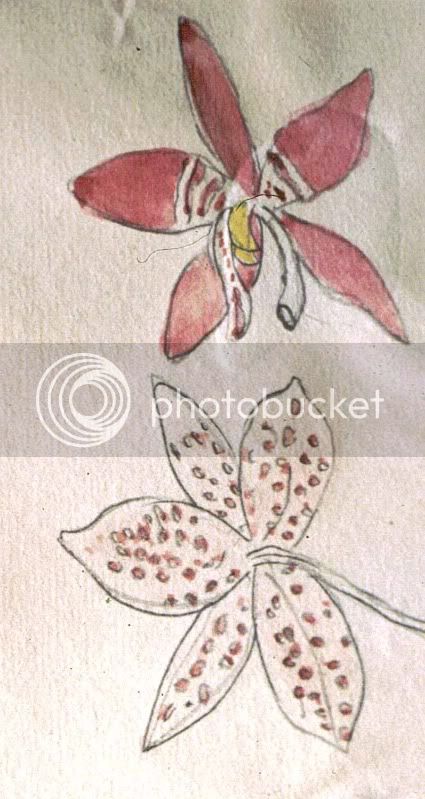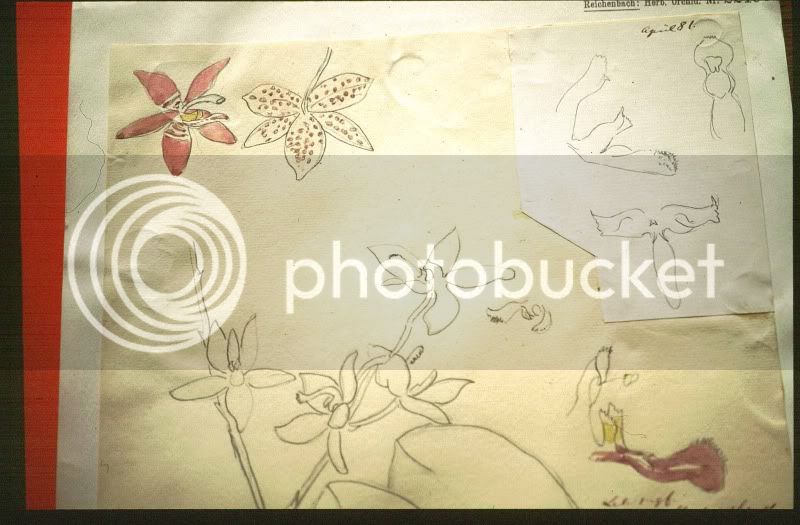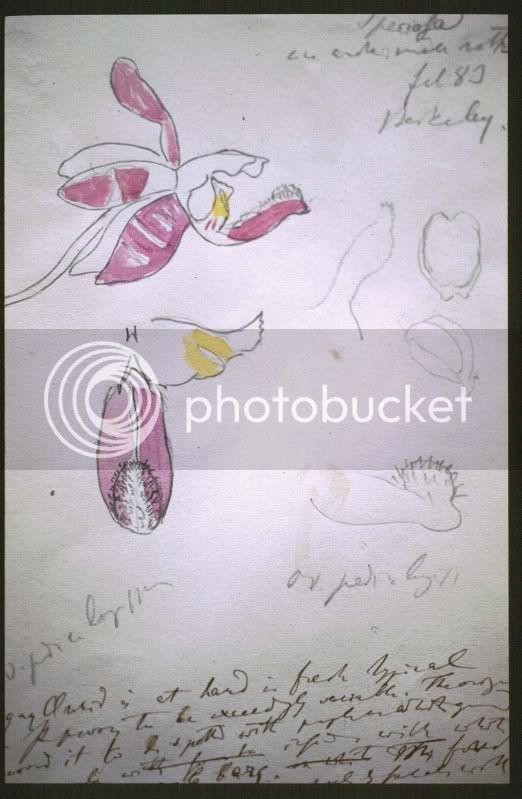O
ORG
Guest
Thanks Peter,
that you showed the links. So it is not necessary to start the discussion again.
For me it is clear, that we have no true speciosa in culture. The base for my decision is the description and the sketch of the describer Reichenbach f, which is deposited in Vienna.
So you can decide if these plants are true:
Here is the true one

Sketch of Reichenbach f. based on the type of Phal., speciosa
Best greetings
Olaf
that you showed the links. So it is not necessary to start the discussion again.
For me it is clear, that we have no true speciosa in culture. The base for my decision is the description and the sketch of the describer Reichenbach f, which is deposited in Vienna.
So you can decide if these plants are true:
Here is the true one

Sketch of Reichenbach f. based on the type of Phal., speciosa
Best greetings
Olaf





